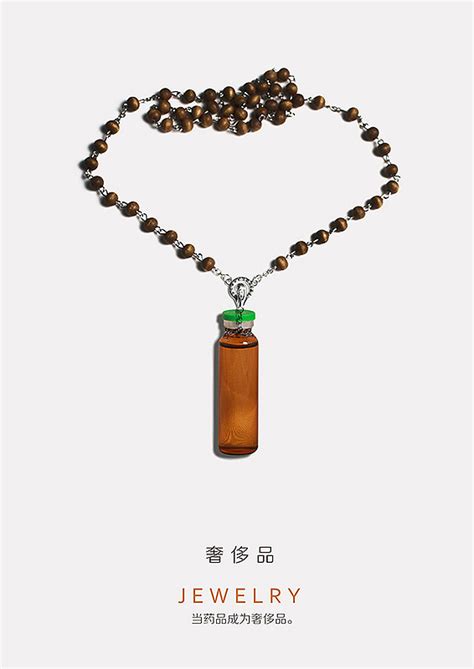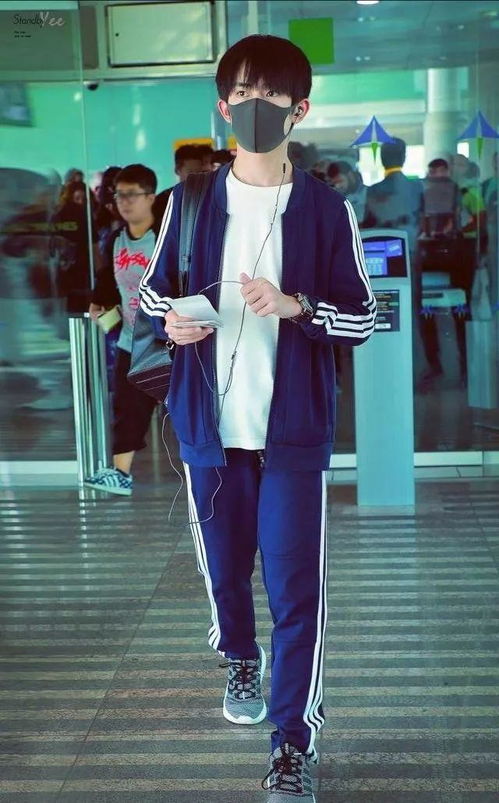Exploring Affordable Luxury: The Concept and Market Trends
In the realm of consumer goods, the term "affordable luxury" encapsulates a paradoxical yet enticing idea: the allure of opulence at a fraction of the cost. This concept has carved out a significant niche in various industries, ranging from fashion and accessories to travel and hospitality. Let's delve into the essence of affordable luxury, its impact on consumers and businesses, and the evolving trends within this dynamic market.
Understanding Affordable Luxury

Affordable luxury refers to products or services that offer a semblance of luxury, prestige, or indulgence without the exorbitant price tag typically associated with highend brands. It caters to consumers who aspire to experience the refinement and status symbol associated with luxury goods but are constrained by budgetary considerations.
Key Characteristics of Affordable Luxury
1.
Quality Craftsmanship
: Despite being more budgetfriendly, affordable luxury items often boast craftsmanship and materials that mimic those of their highend counterparts. This emphasis on quality ensures a satisfactory user experience while maintaining a competitive price point.2.
Brand Prestige
: Many affordable luxury brands leverage clever marketing strategies to cultivate an aura of exclusivity and prestige around their products. Through strategic branding and storytelling, they instill a sense of aspiration among consumers, enticing them to invest in these accessible yet desirable offerings.3.
Accessible Price Points
: Unlike traditional luxury goods, which cater to a niche market of affluent consumers, affordable luxury items are designed to appeal to a broader demographic. By offering relatively affordable price points, these brands democratize luxury, making it attainable for a more extensive customer base.4.
Fashion Forward
: Affordable luxury brands often keep pace with the latest fashion trends, offering consumers access to stylish designs and coveted styles at a fraction of the cost. This agility in adapting to evolving tastes and preferences ensures relevance in a fastpaced consumer landscape.Prominent Examples Across Industries
1.
Fashion and Accessories
: Brands like Zara, H&M, and ASOS have mastered the art of affordable luxury in the realm of apparel, offering trendy clothing and accessories that emulate highfashion designs without the premium price tags.2.
Beauty and Cosmetics
: Makeup brands such as ColourPop and NYX Cosmetics have gained traction by offering highquality cosmetics at affordable prices, appealing to beauty enthusiasts who seek luxuryinspired products without breaking the bank.3.
Travel and Hospitality
: Budgetfriendly boutique hotels, such as citizenM and Moxy Hotels, offer travelers a taste of luxury accommodations at competitive rates. These establishments prioritize stylish design, modern amenities, and personalized service to create a memorable guest experience.4.
Technology and Electronics
: Companies like OnePlus and Xiaomi have disrupted the smartphone market by offering featurerich devices with premium build quality at significantly lower prices than flagship offerings from established brands.Evolving Trends and Future Outlook
1.
Sustainability and Ethical Practices
: As consumers become increasingly conscious of environmental and social issues, the demand for affordable luxury products that prioritize sustainability and ethical sourcing is on the rise. Brands that embrace ecofriendly practices and transparent supply chains are poised to resonate with discerning consumers.2.
Digital Innovation
: The proliferation of ecommerce platforms and digital marketing channels has transformed the landscape of affordable luxury, enabling brands to reach global audiences with ease. Social media platforms, in particular, serve as powerful tools for cultivating brand identity and engaging with consumers.3.
Customization and Personalization
: In an era of heightened personalization, affordable luxury brands are exploring ways to offer customized products and tailored experiences to cater to individual preferences. From monogrammed accessories to bespoke beauty kits, personalization adds an extra layer of exclusivity to affordable luxury offerings.4.
Inclusive Marketing and Diversity
: Embracing diversity and inclusivity has become paramount for brands seeking to resonate with today's multicultural consumer base. By featuring diverse models, promoting body positivity, and celebrating cultural diversity, affordable luxury brands can foster a sense of belonging and authenticity among their audience.In conclusion, affordable luxury represents a compelling intersection of aspiration, accessibility, and authenticity in the consumer landscape. By delivering premium experiences and products at attainable price points, brands can captivate discerning consumers while driving innovation and growth within their respective industries. As the market continues to evolve, staying attuned to shifting consumer preferences and embracing emerging trends will be essential for sustained success in the realm of affordable luxury.











